These Collectible Coins Are Hiding in Plain Sight. See What They Could Be Worth
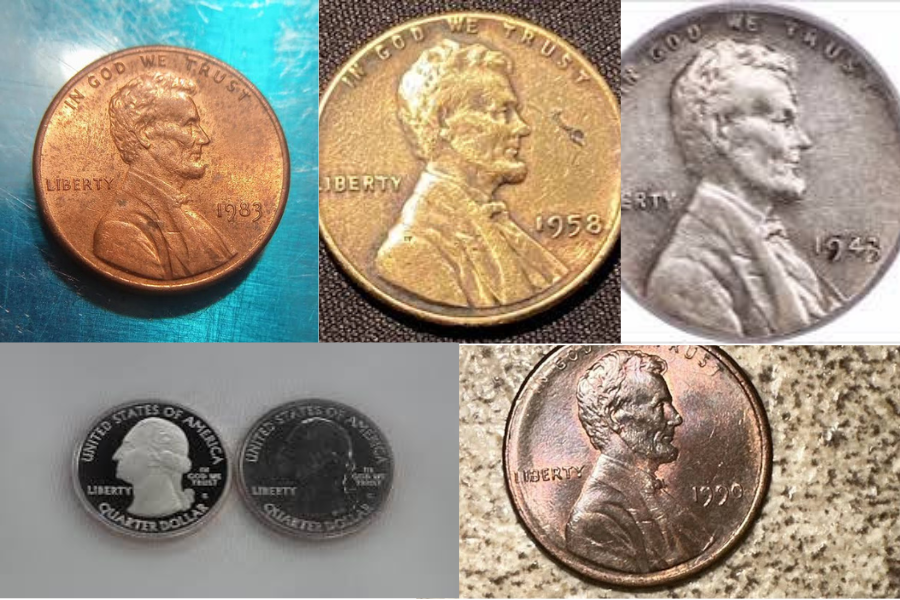
With the U.S. Treasury announcing the discontinuation of penny production by early 2026, some rare pennies are expected to become even more valuable. The penny, which has been in circulation for over 200 years, costs more to produce than its face value, leading to this decision. As the penny fades from everyday use, collectors are turning their attention to rare and valuable specimens that could be worth a fortune. Here are 10 rare pennies that could make you a millionaire:
1. Missing Mint Mark Pennies

Some pennies were minted without the usual mint marks, making them rare and valuable. For example, the 1922 “No D” penny, which lacks the Denver mint mark, is highly sought after by collectors. can be worth thousands of dollars. They are valuable because The “No-D” penny is a mint-made error, meaning it’s not a deliberate omission of the mint mark, but rather a mistake during the minting process. This makes it a sought-after error coin by collectors. Collectors prize these coins for their rarity and the intriguing stories behind their production anomalies.
2. Pre-1958 Wheat Pennies
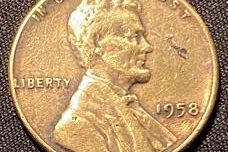
Wheat pennies (Lincoln Wheat cents) minted before 1958 are generally more collectible and valuable than their modern counterparts, primarily due to their composition and historical significance. These coins, featuring a wheat stalk design on the reverse, were made of 95% copper and 5% tin. Specific dates, like the 1909-S VDB and the 1943 bronze cents, are particularly sought after by collectors due to their rarity and unique historical circumstances. Further research added that collectors value these coins for their historical significance and classic design.
3. Proof Coins
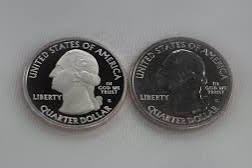
Proof pennies are specially made for collectors, featuring sharp details and a mirror-like finish. These coins are struck multiple times to ensure high quality. Some proof pennies, especially those from limited runs or with unique features, can be worth significant amounts. An article noted that collectors seek these coins for their craftsmanship and rarity.
4. 1983 Doubled Die Reverse Penny

The 1983 Lincoln Memorial cent with a doubled die reverse (DDR) is a valuable coin error among collectors. The doubled die error causes the lettering and design elements on the reverse side (the Lincoln Memorial) to appear duplicated or slightly off-set, creating a distinct misprint. High-grade examples of this coin can fetch significant value, sometimes hundreds or even thousands of dollars, depending on condition and rarity. Some sources added that collectors prize these coins for their unique appearance and the minting error that created them.
5. Off-Center and Clipped Planchet Errors
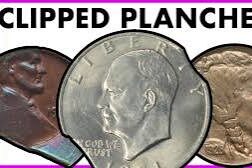
Minting errors like off-center strikes and clipped planchets can significantly increase a penny’s value. These errors are considered anomalies by collectors, and the rarity principle dictates that less common coins like those with mint errors command higher prices. Off-center strikes occur when a coin blank isn’t properly aligned during the striking process, resulting in a portion of the design being missing or imprinted off-center. This misalignment can be significant, and the more extreme the error, the more valuable the coin tends to be. These errors result in coins with unusual shapes or missing parts, making them rare and desirable to collectors.
6. Pennies Struck on Silver Dime Blanks
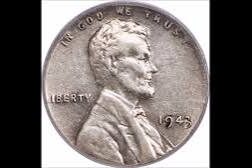
Occasionally, pennies were mistakenly struck on silver dime blanks, resulting in coins that are smaller and lighter than typical pennies. These errors are extremely rare and can be worth thousands of dollars. During the production process, coins are struck from blanks (pieces of metal) using dies. Sometimes, a coin is accidentally struck on the wrong blank, resulting in a unique error coin. Also, Dimes are smaller and lighter than pennies. When a penny is struck on a dime blank, it results in a smaller, lighter coin with the design of a penny but the metal composition and size of a dime. Hence, collectors value these coins for their unique composition and the minting mistake that led to their creation.
7. 1955 Doubled Die Lincoln Penny
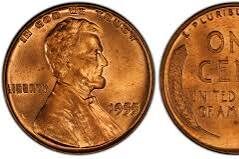
The 1955 doubled die Lincoln penny is one of the most famous error coins. This coin features noticeable doubling in the date and lettering on the obverse side. High-grade examples can fetch thousands of dollars at auction. A doubled die coin occurs when a coin is struck with a die that has been misaligned or “doubled” during the minting process. This misalignment results in the date and/or lettering appearing doubled or blurred. Collectors seek these coins for their distinct appearance and the story behind the minting error.
8. 1909-S VDB Penny
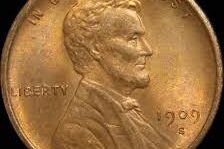
The 1909-S VDB penny is highly sought after by collectors for its rarity. Only 484,000 of these coins were minted, making them scarce. The “VDB” initials on the reverse stand for Victor David Brenner, the coin’s designer. Collectors prize this penny for its historical significance and limited mintage.
9. Condition Matters

The condition of a penny significantly affects its value. Coins in mint or near-mint condition are exponentially more valuable than those that are worn or damaged. Collectors use grading scales to assess a coin’s condition, with higher grades commanding higher prices. Proper storage and handling can preserve a coin’s condition and value over time.
10. 1943 Copper Penny

The 1943 copper penny is one of the most valuable U.S. coins, worth up to $1.7 million. During World War II, pennies were supposed to be made of steel to conserve copper, but a few copper blanks were mistakenly used. These rare coins are highly sought after by collectors. Authentic 1943 copper pennies are extremely rare and comwmand high prices at auction.
As the penny is phased out, these rare coins may become even more valuable. If you have a collection of old pennies, it might be worth taking a closer look, you could be holding a small fortune in your hands.
The story The US Penny is Being Discontinued in 2026. If You Have Any of These 10 Extremely Rare Pennies, You Could Be a Millionaire. was first published on Daily FETCH


